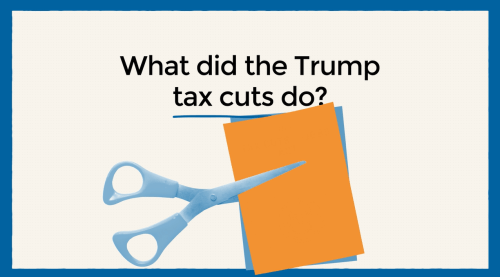The President’s budget will be released on Wednesday and its outlines have already been revealed to the media. According to most accounts, he will offer to slow the growth of entitlements, make some new productivity-enhancing investments in infrastructure and early childhood education, and insist on raising some new revenues by curbing deductions for the wealthy.
The big question is what will this accomplish in our current deeply polarized environment?
He has clearly chosen a more centrist approach than the two parties in Congress. His plan is more liberal than the House Republicans’ but more conservative than the Senate Democrats’. Democrats will be especially upset that he is proposing to change the inflation adjustment used for Social Security benefits and Republicans will continue to insist that new revenues are unacceptable. Finding a compromise in this environment will be almost impossible, especially if Republicans remain wedded to their mantra of no (more) new taxes.
At the same time, he may have moved far enough away from the usual Democratic position to interest some Republican senators in a deal. His plan to meet with members of the Senate right after the budget is released suggests that he plans to continue his so-called “charm offensive” and that he wants to find a way to make this budget work politically. If he is successful, and can get a plan agreed to in the Senate, he and his allies will be able to present such a plan to the House, putting them in the difficult position of either agreeing with most of the plan or looking even more recalcitrant than usual.
The House Republican budget plan involves abolishing the Affordable Care Act, making draconian cuts to Medicaid and other programs for the poor, shifting Medicare to a premium support plan a decade from now, and not only retaining, but adding to, the deep cuts to domestic discretionary spending included in the sequester. It says more about Republican ideology than it does about what the public supports. The voters favor a more balanced plan and one that protects the poor and avoids terminating many parts of the health care reform bill.
If I’m right that the President’s plan is much better aligned with public preferences than anything the House is contemplating, then even if he loses the political battle, he can win the public opinion war. Some Democrats argue that it is a mistake for him to compromise so soon in the process, but that argument ignores the impact his positions can have on how the voters judge his performance. There will be more battles to come with the expiration of the debt ceiling in May and the need to fund the government in 2014, not to mention the mid-term elections in the fall of that year.
With the public at his back, the President may ultimately prevail, as he did post-re-election with his plan to raise taxes on the wealthy. Whether he does or not, he has no other choice than to try to find a reasonable compromise. His willingness to talk about entitlements and to make specific proposals to reduce their growth needs to be part of the strategy. He can do this without giving up on the equally-important need to reform the tax system in a way that produces some new revenues.


Commentary
The President’s Budget: A Good Strategy for Difficult Times
April 8, 2013